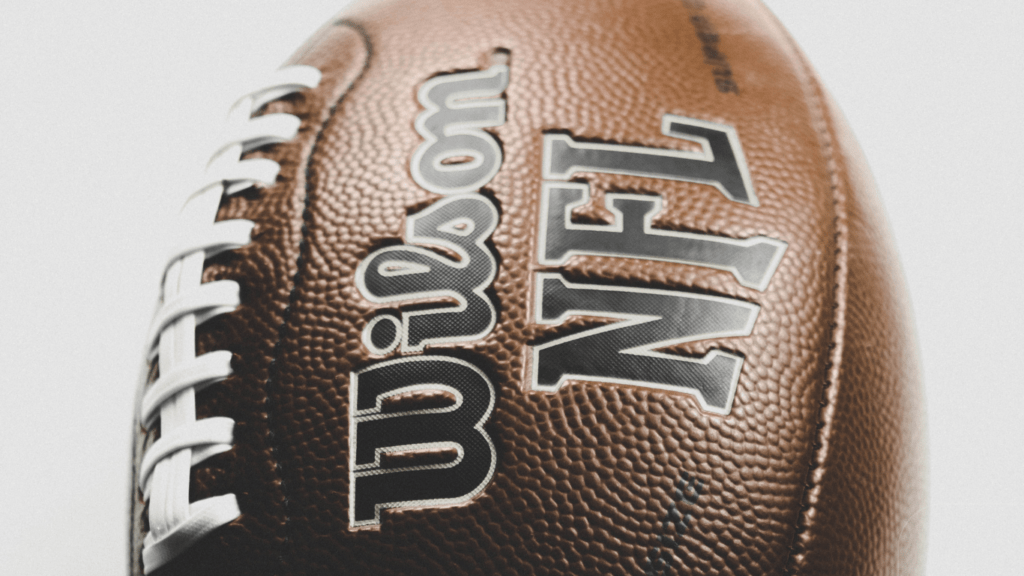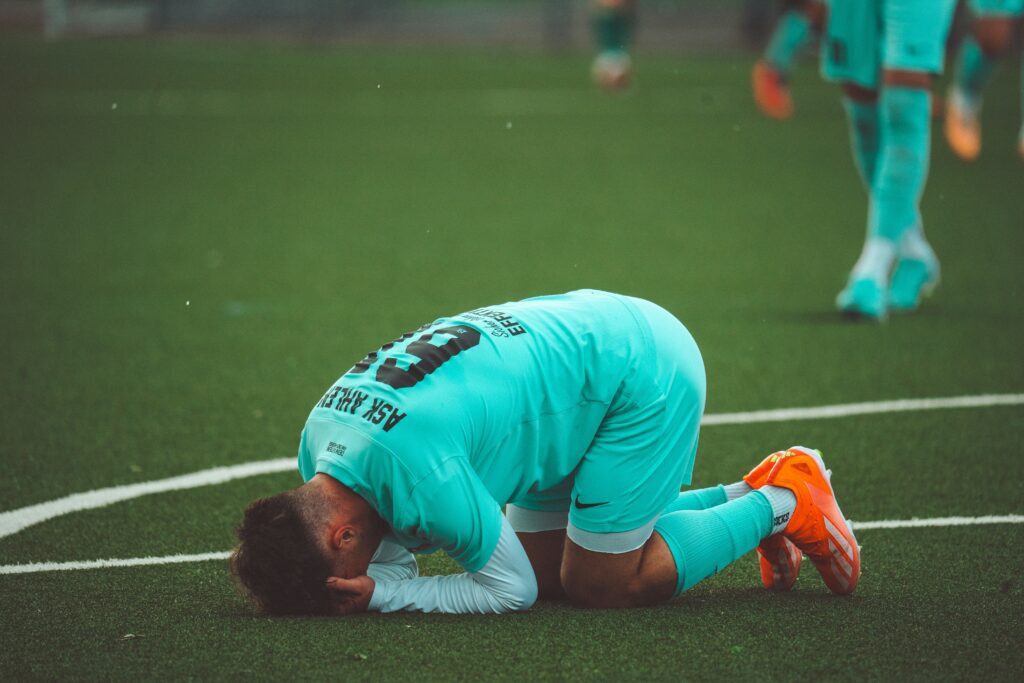Being a football enthusiast, I’ve come to appreciate the importance of properly caring for my leather football gear. From the satisfying smell of genuine leather to the durability it offers, maintaining these items is crucial for their longevity. In this article, I’ll share some valuable tips on how to handle and clean your leather football gear effectively.
When it comes to leather football gear, understanding the right cleaning techniques can make a significant difference in preserving its quality. Whether it’s tackling tough stains or conditioning the leather to keep it supple, a little care goes a long way in ensuring your gear stays in top-notch condition. Join me as I delve into the best practices for maintaining your prized possessions on the field.
Understanding Leather Football Gear
When it comes to leather football gear, it’s essential to understand the nuances to ensure longevity and performance on the field. Here, I delve into the types of leather used in football gear and common challenges that may arise when handling such premium materials.
Types of Leather Used in Football Gear
- Full-Grain Leather: Typically sourced from the top layer of the hide, full-grain leather is known for its durability and natural texture. It’s resistant to wear and tear, making it a popular choice for high-quality football gear.
- Top-Grain Leather: This type of leather is slightly buffed to remove imperfections, resulting in a smooth surface. While not as durable as full-grain leather, it still offers good quality and is commonly used in football gloves and accessories.
- Synthetic Leather: Often used as an alternative to genuine leather, synthetic leather is more affordable and easier to maintain. While it may lack the same feel as real leather, it provides adequate performance for casual players.
- Stains: One of the most common challenges with leather gear is dealing with stains, especially from mud, grass, or sweat. Promptly addressing stains using mild soap and water can help prevent permanent damage to the leather.
- Drying: Proper drying of leather gear is crucial to prevent cracks or deformities. Avoid exposing the gear to direct sunlight or heat sources, as this can cause the leather to dry out and lose its natural oils.
By understanding the types of leather used in football gear and being aware of common challenges, you can uphold the quality and lifespan of your cherished equipment.
Proper Handling of Leather Football Gear
When it comes to maintaining leather football gear, proper handling is crucial for ensuring its longevity and performance on the field.
Storage Solutions for Durability
I always make sure to store my leather football gear in a cool, dry place away from direct sunlight and moisture. Hanging the gear on a hook or storing it in a breathable bag helps maintain its shape and prevents mold growth. Additionally, keeping leather gear away from heat sources like radiators or heaters is essential to prevent drying out and cracking.
Pre-Use Inspection and Care Tips
Before hitting the field, I inspect my leather football gear for any signs of wear and tear, such as loose stitching or scuffs. I gently clean the gear with a damp cloth to remove any dirt or debris, ensuring it’s ready for action. Applying a leather conditioner periodically helps keep the gear supple and prevents it from drying out, maintaining its quality for longer periods.
Cleaning Techniques for Leather Football Gear

Maintaining leather football gear is crucial for ensuring its longevity and performance. Here are some cleaning techniques to help you keep your gear in top condition:
Daily Cleaning Practices
To keep your leather football gear in pristine condition, I recommend following these daily cleaning practices:
- Wipe Down: After each use, it’s essential to wipe down your gear with a clean, damp cloth to remove any dirt, sweat, or debris. This simple practice helps prevent buildup and maintains the quality of the leather.
- Air Dry: Allow your leather gear to air dry thoroughly after cleaning. Avoid direct sunlight or heat sources, as they can cause the leather to dry out and potentially crack.
- Conditioning: Regularly applying a leather conditioner can help keep the leather soft and supple. It’s a good practice to condition your gear every few weeks to maintain its flexibility and prevent stiffness.
Deep Cleaning Methods
In addition to daily maintenance, deep cleaning is necessary to remove stubborn dirt and stains from your leather football gear. Here are some effective deep cleaning methods:
- Spot Cleaning: For localized stains, gently spot clean the area using a mild soap or leather cleaner. Avoid harsh chemicals or abrasive cleaners that can damage the leather.
- Soapy Water Solution: Prepare a solution of mild soap or leather cleaner mixed with water. Use a soft cloth to clean the entire surface of the gear, working in gentle circular motions.
- Avoid Soaking: It’s important to avoid soaking leather gear in water, as excessive moisture can cause damage and lead to mold growth. Instead, use a damp cloth for cleaning and promptly dry the gear afterward.
By incorporating these daily cleaning practices and deep cleaning methods into your maintenance routine, you can effectively care for your leather football gear and ensure its durability and performance on the field.
Preserving Leather Football Gear
I emphasize the importance of preserving leather football gear to maintain its quality and performance. Different types of leather, including full-grain, top-grain, and synthetic leather, come with unique characteristics. Addressing common challenges like stains and proper drying techniques is crucial to prevent damage and ensure longevity. Proper handling, storage solutions, pre-use inspection, and care tips are essential for maximizing performance on the field.
Conditioning and Moisturizing
In caring for leather football gear, conditioning and moisturizing are key practices. Applying leather conditioners helps prevent the leather from drying out and cracking, extending its lifespan. Regular moisturizing maintains the suppleness and prevents stiffness, ensuring the gear remains pliable and comfortable to use.
Repairing Minor Damage
When dealing with minor damage on leather football gear, quick action is vital. Patching up small tears or scratches with leather repair kits can prevent further deterioration. Addressing minor damage promptly maintains the integrity of the gear and extends its usability.

About the author:
Danielo Fleischeronic is the visionary founder of Awesome Football Network, a premier destination for in-depth football coverage and analysis. His commitment to the sport is reflected in the platform’s rich content, which….

 Danielo Fleischeronic is the visionary founder of Awesome Football Network, a premier destination for in-depth football coverage and analysis. His commitment to the sport is reflected in the platform's rich content, which includes breaking news, match analyses, and expert commentary. Danielo’s extensive knowledge and passion for football drive the network’s mission to provide fans with the latest insights and updates from around the world.
In addition to his role as founder, Danielo is also an accomplished article writer. His writing covers a broad spectrum of football-related topics, from tactical breakdowns to player profiles, offering readers a comprehensive understanding of the game. Through his work, Danielo aims to enrich the football experience for enthusiasts and professionals, making Awesome Football Network a trusted resource in the football community.
Danielo Fleischeronic is the visionary founder of Awesome Football Network, a premier destination for in-depth football coverage and analysis. His commitment to the sport is reflected in the platform's rich content, which includes breaking news, match analyses, and expert commentary. Danielo’s extensive knowledge and passion for football drive the network’s mission to provide fans with the latest insights and updates from around the world.
In addition to his role as founder, Danielo is also an accomplished article writer. His writing covers a broad spectrum of football-related topics, from tactical breakdowns to player profiles, offering readers a comprehensive understanding of the game. Through his work, Danielo aims to enrich the football experience for enthusiasts and professionals, making Awesome Football Network a trusted resource in the football community.
